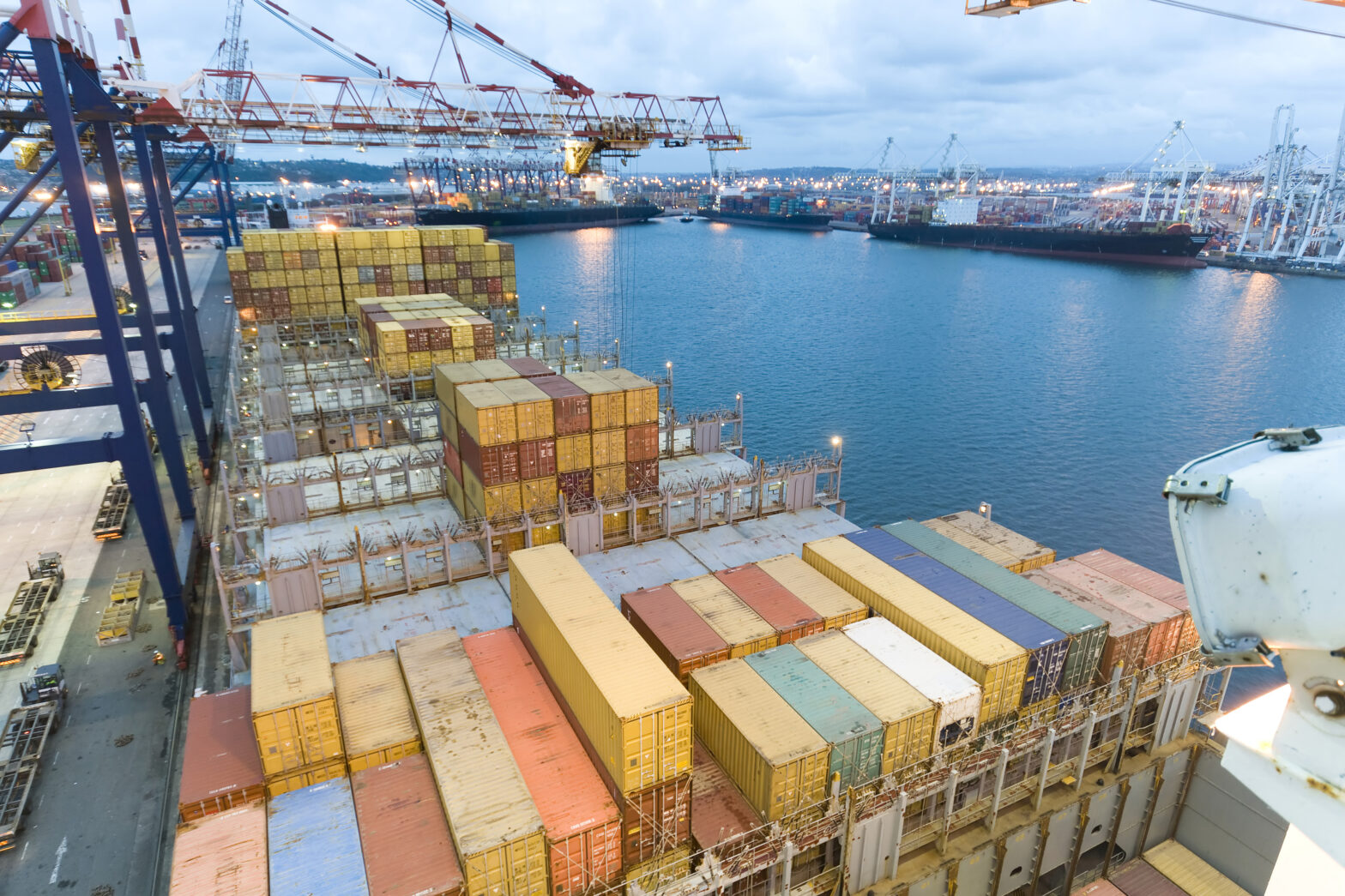The value and prestige of the UK’s fashion industry is not to be underestimated. New figures released in June 2016 show that the British Fashion Industry’s worth to the British economy has increased 8 per cent from £26 billion to £28 billion. This growth is greater than that of the UK GDP which only grew 5 per cent in the same period.
This ‘fast fashion’ requires flexibility in the supply chain to deliver quality at an affordable price, yet the complexities involved in the ‘logistics of fashion’ are often downplayed. The sourcing or import of raw material has to be considered first, followed by decisions concerning lead times and development calendars, then the manufacturing process itself, with delivery and distribution – complete with customs navigation – finalising the chain.
To help, FedEx has put together its top five tips on fashion and textile exporting, offering best practice advice and guidance to make the most of international opportunities.
1. Take global expansion one step at a time
There is no such thing as a ‘one size fits all’ strategy when looking to enter multiple overseas markets. Each one has its own customs, regulations and code of etiquette, all of which has to be navigated appropriately. In preparing for Fashion Week season each year, your export strategies for New York, Milan and Paris should all vary, taking into account the different rates and restrictions for each country.
2. Do your research
Charges can apply when transporting apparel at both the point of export and the point of import into the destination country. It is important that you are aware of the transaction costs involved at both sides and can plan accordingly. This is a crucial but often overlooked step when businesses export. Customs regulations can differ dramatically from country to country, with transaction costs often involved at both sides. Checking early on in the process if there are any obstacles or challenges and gaining advice in this area, could save you valuable time and allow you to focus more intently on growing your business.
3. Be aware of customs challenges
The transportation of clothing requires specific restrictions that need following. Firstly, a business needs to detail the gender for which the garment is designed as this will impact on the duty rate when transporting across borders. You will also need to have correct accompanying documentation detailing whether the goods are knitted or woven, in addition to their fabric content in percentage by weight. The country of manufacture also needs to be divulged with some countries, namely the US, requiring the manufacturer to be identified via a code or the manufacturer’s full name and address.
4. Keep clear on cost for good customer service
Larger companies have been known to absorb customs charges; keeping delivery prices to a minimum and customers happy. Working closely with your logistics provider to make sure parcels come complete with the correct shipping documentation will help you navigate what can be a tricky process. Make sure any clothing or raw materials are labelled in line with the Harmonised Coding System which classifies traded products with names and numbers to ensure quick and easy customs clearance.
5. Be realistic about what you can offer
The size of the UK means you can pretty much guarantee next day delivery nationwide, but getting your product into far-reaching countries safely and securely will arguably take more time. As the industry continues to grow, we are seeing increased demand on the fashion supply chain as brands compete with each other to get their products from catwalk to customer as quickly and efficiently as possible. Speak to your logistics provider who can advise on likely delivery times based on individual country tariffs and border requirements. The UKTI is also an invaluable source of information for commodity codes and other measures applying to exports using its free online UK Trade Tariff.
For the thousands of people attending Fashion Week shows, the majority will not fully appreciate the lengths taken and miles travelled to get the clothes ready for public display. Whether transporting apparel for an event of this nature or to retailers around the world, partnering with a trusted transportation provider should be a top priority for those in the industry looking to capitalise on global opportunities. At London Fashion Week alone, shows are streamed live to 196 countries worldwide and over £100 million worth of orders placed each season. With such big business readily available for those that have the right logistics support behind them, considering some of our advice points will ensure budding designers and brands make a truly global fashion statement all year round.
David Poole is managing director of UK sales at FedEx Express.





